Curled Persimmon Leaves – Why Persimmon Leaves Are Curling
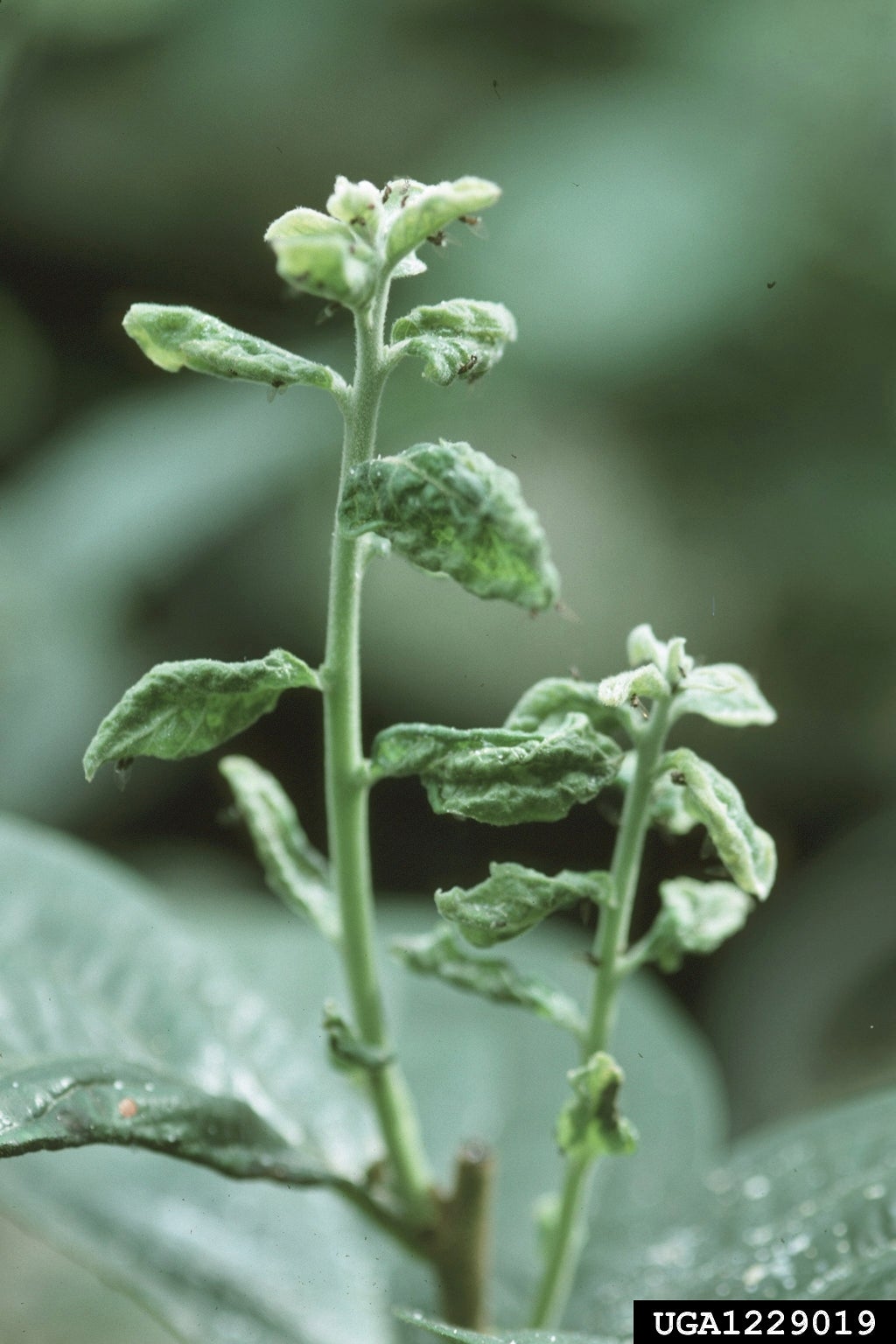

Persimmon trees, both native and non-native, are common in the warm climate of the southern United States. Although persimmon trees are generally durable and easy to grow, persimmon leaf curl is an indication that something isn’t quite right. If you’ve noticed curled persimmon leaves, careful troubleshooting is in order. Let’s investigate the possible reasons for curling leaves on persimmon trees.
Leaves Curling on Persimmon from Pests
Persimmon psyllid – Persimmon psyllid is a tiny, aphid-like pest that feeds on leaves, causing rolled and curled persimmon leaves. The damage is generally cosmetic and damage isn’t severe, although new growth may be deformed and stunted.
Application of dormant oil in late winter or early spring, applied just before new leaves appear, will help keep persimmon psyllids in check. The pests are found anywhere persimmons are grown, but they’re most common in the southeastern United States.
Scale – Scale is another pest that feeds on plant juices and may be to blame when persimmon leaves are curling. Although the pests generally don’t kill persimmon trees, they can weaken the trees and make them more susceptible to disease and other pests.
Dormant oil applied in spring is usually a good solution for scale.
Blister mites – Blister mites can cause curled persimmon leaves, as well as a blistered appearance on leaf surfaces and yellow or orange spots on the undersides. The tiny mites lay eggs in spring. Once hatched, they reproduce quickly and are easily distributed from tree to tree by wind.
The damage caused by blister mites is usually cosmetic and the pests are easily controlled with insecticidal soap sprays. Spray carefully and thoroughly to reach hidden pests.
Gardening tips, videos, info and more delivered right to your inbox!
Sign up for the Gardening Know How newsletter today and receive a free copy of our e-book "How to Grow Delicious Tomatoes".
Orange tortrix leafrollers – These leafrollers are the caterpillars of orange tortrix moths. The pests roll themselves up in persimmon leaves and seal the leaves with white webbing. Leafrollers generally don’t require pesticides.
The safest way to control leafrollers is to plant nectar-rich plants, such as yarrow and zinnia. The blooming plants will add beauty to your garden while attracting braconid wasps. They tiny wasps don’t harm people but they feed heavily on leafrollers.
Other Reasons for Curling Leaves on Persimmon Trees
Young persimmon trees are sensitive to fertilizer and too much may cause persimmon leaf curl. Don’t fertilize persimmon trees at planting time. Once the trees are mature, apply a balanced fertilizer in late winter or early spring. You can also use a product formulated for citrus trees.
Although persimmon trees tolerate short periods of drought, excessive dryness may contribute to curled persimmon leaves. As a general rule, water persimmon trees once a week during spring and summer, increasing to twice if weather is extremely hot and dry.

A Credentialed Garden Writer, Mary H. Dyer was with Gardening Know How in the very beginning, publishing articles as early as 2007.
-
 Looking For Plants To Give You The Soft And Fuzzies? Try These 5 Fuzzy Leaf Plant Options
Looking For Plants To Give You The Soft And Fuzzies? Try These 5 Fuzzy Leaf Plant OptionsLovers of texture, drama, silver foliage and tactile plants will adore these special sensory garden additions. These fuzzy leaf plant options will leave you all aglow
By Susan Albert
-
 Get Ready For A Summer Of Hummers! Grow These Full Sun Hummingbird Plants and Flowers
Get Ready For A Summer Of Hummers! Grow These Full Sun Hummingbird Plants and FlowersIf you’re lucky enough to enjoy a sunny backyard, make sure you are maxing out on your pollinator opportunities and grow these full sun hummingbird plants and flowers
By Tonya Barnett
-
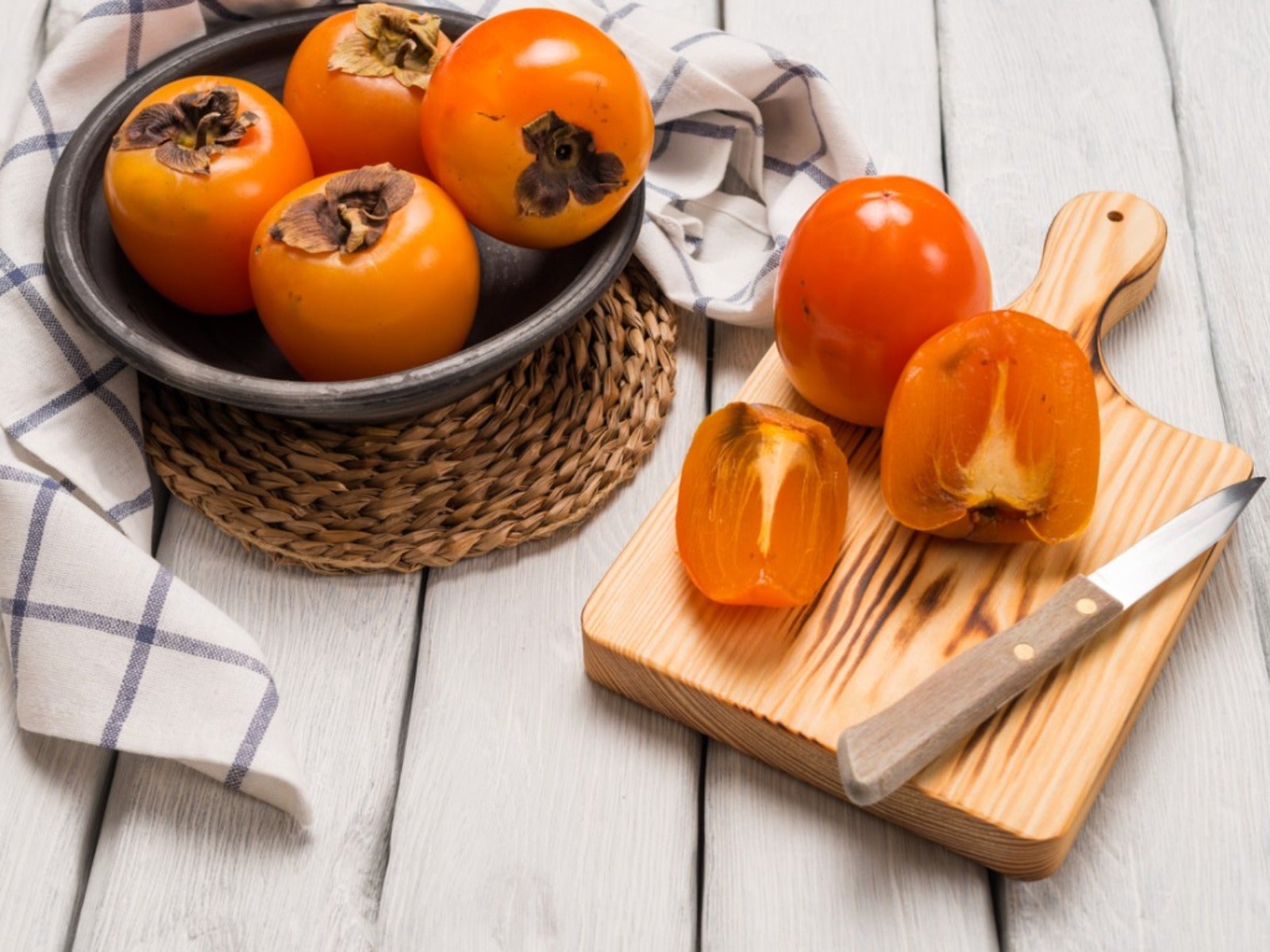 Cooking With Persimmons
Cooking With PersimmonsWant to use persimmons in the kitchen? Click here to learn how to harvest and prepare this fall favorite fruit.
By Amy Grant
-
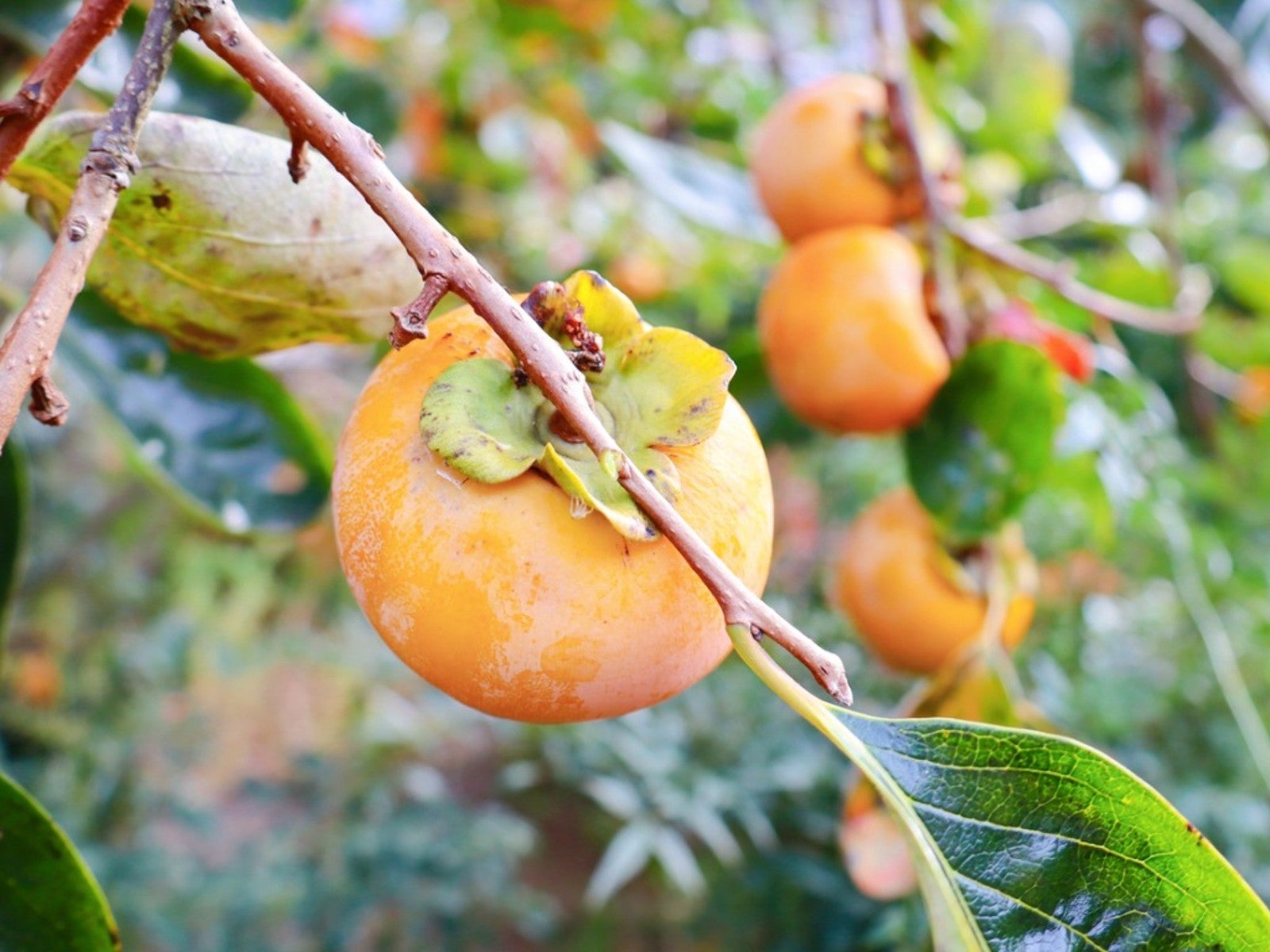 Growing Persimmons In Pots: How To Grow A Persimmon Tree In A Pot
Growing Persimmons In Pots: How To Grow A Persimmon Tree In A PotContainer growing works with many types of fruit trees including persimmon trees. And planting persimmon trees in pots can solve a lot of problems. Read on for more details about how to grow a persimmon tree in a pot on the patio.
By Teo Spengler
-
 Persimmon Leaf Drop – Why Is Persimmon Tree Losing Leaves
Persimmon Leaf Drop – Why Is Persimmon Tree Losing LeavesA popular tree for home orchards is persimmon trees. These delightful, little trees suffer few serious diseases or pests and are relatively easy to care for. However, if you notice your trees losing leaves, there could be a few reasons behind the cause. Learn more here.
By Teo Spengler
-
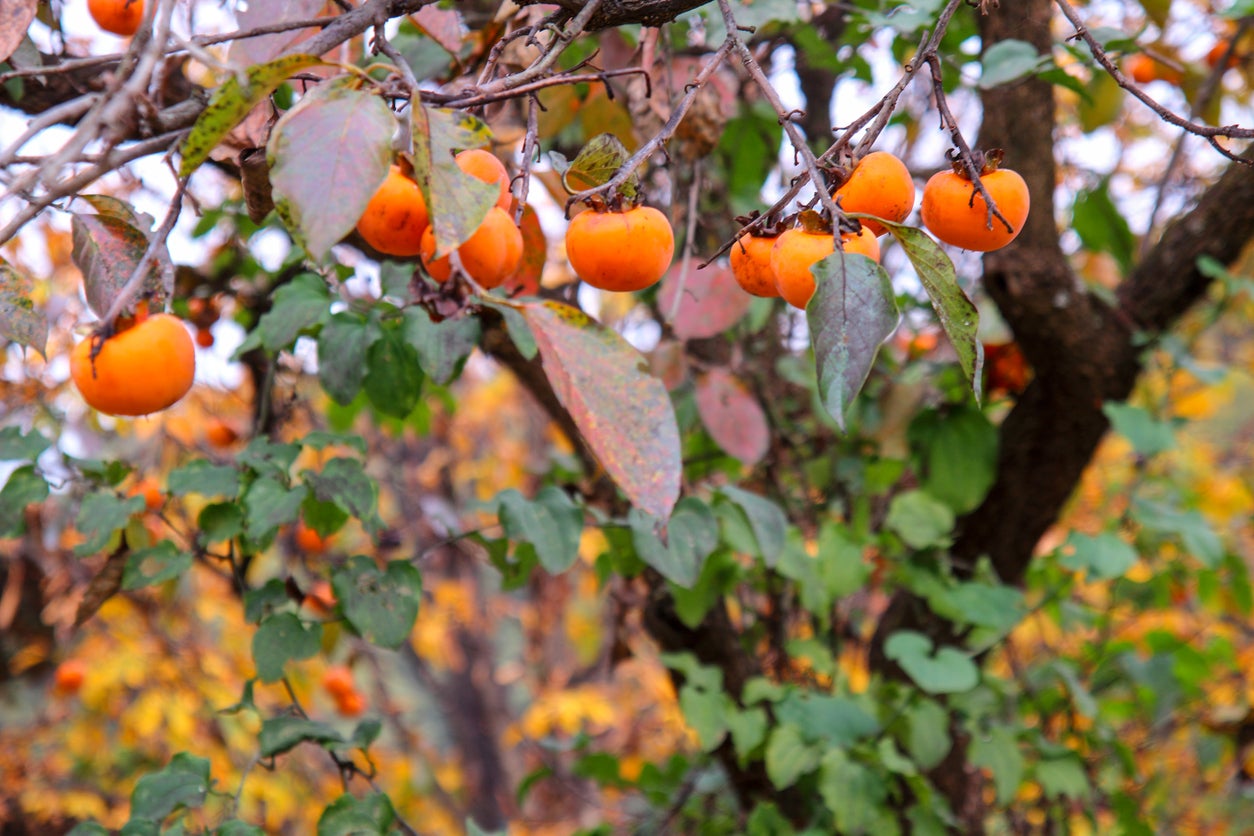 Fertilizing Persimmon Trees: Learn About Feeding A Persimmon Fruit Tree
Fertilizing Persimmon Trees: Learn About Feeding A Persimmon Fruit TreeHow much fertilizer does a persimmon tree need? The rules for fertilizing persimmon trees are a little different than those for other fruit trees and experts differ on the need for persimmon fertilizer. Click here for more information on persimmon tree feeding.
By Teo Spengler
-
 When Are Persimmons Ripe: Learn How To Harvest Persimmons
When Are Persimmons Ripe: Learn How To Harvest PersimmonsWhen they are less than perfectly ripe, they are terribly bitter, so knowing when to pick persimmons at their peak is essential. But how do you know when persimmons are ripe? Click this article to find out about harvesting persimmon fruit.
By Amy Grant
-
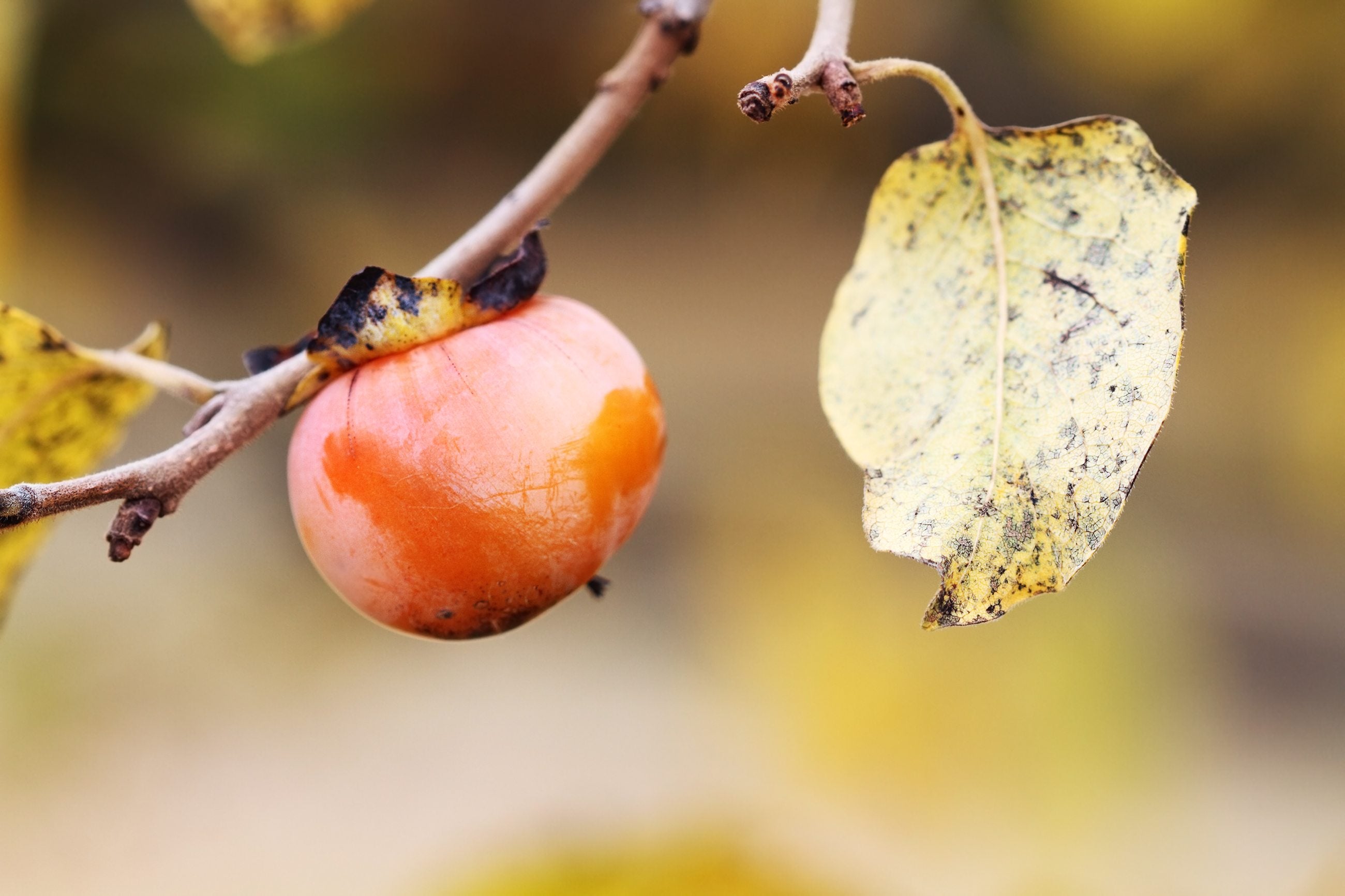 Persimmon Tree Diseases: Troubleshooting Diseases In Persimmon Trees
Persimmon Tree Diseases: Troubleshooting Diseases In Persimmon TreesPersimmons have no serious insect or disease problems, so there is no need to spray regularly. That doesn't mean that your tree won't occasionally need help, however. Click here for information about diseases in persimmon trees.
By Teo Spengler
-
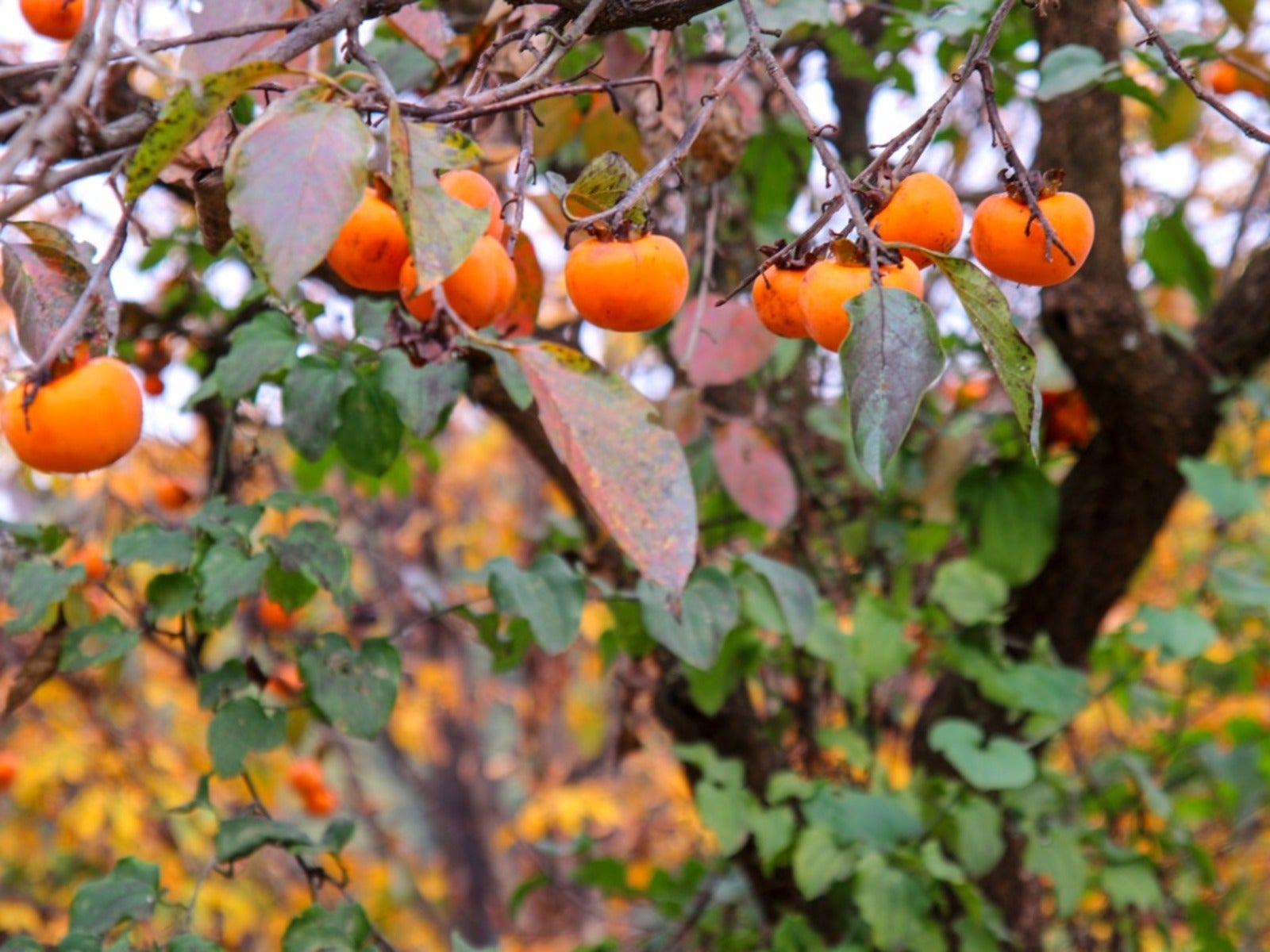 American Persimmon Tree Facts – Tips On Growing American Persimmons
American Persimmon Tree Facts – Tips On Growing American PersimmonsAmerican persimmons aren't as popular as their Asian cousins, but many people think they're tastier. Click for more.
By Teo Spengler
-
 Jackalberry Persimmon Trees: How To Grow An African Persimmon Tree
Jackalberry Persimmon Trees: How To Grow An African Persimmon TreeAn integral part of the savannah ecosystem, is it possible to grow jackalberry persimmon trees here? Click on this article to find out how to grow an African persimmon and other information on jackalberry persimmon trees.
By Amy Grant